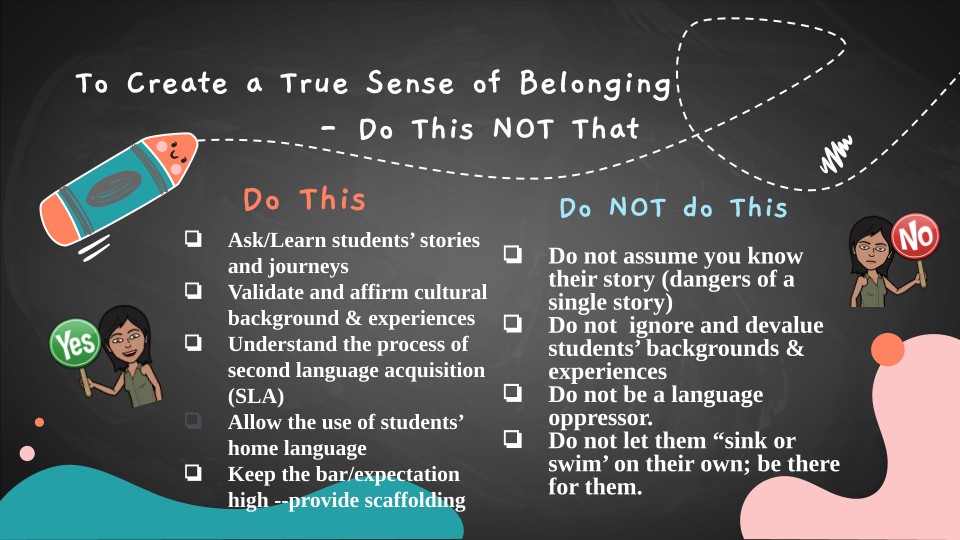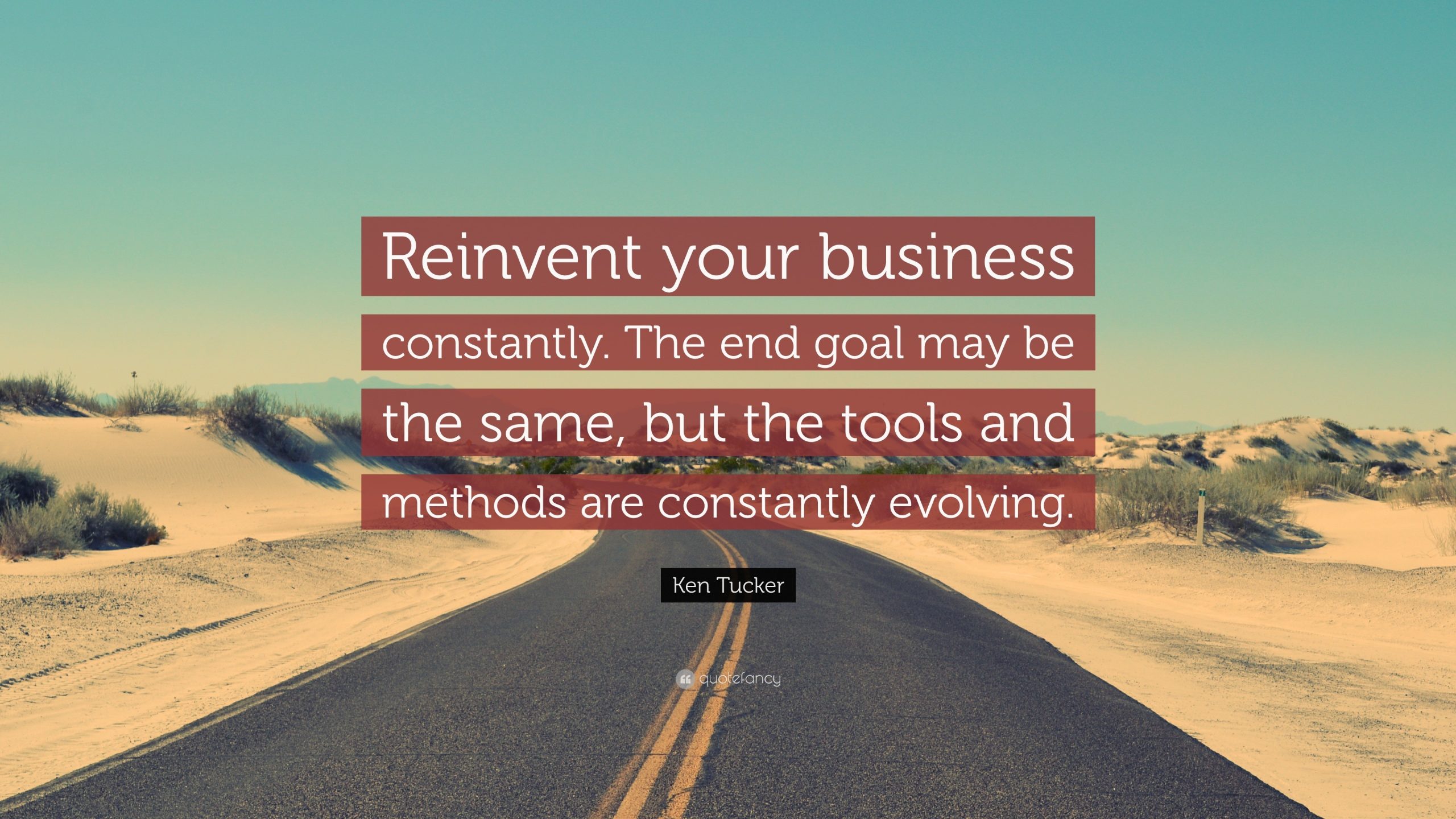When a business builds for belonging, something profound begins to unfold. It’s not just about inclusion or diversity metrics—it’s about creating an environment where people feel seen, valued, and connected. Belonging goes beyond policies and programs. It’s a lived experience, shaped by everyday interactions, subtle signals, and the emotional climate of the workplace. When people feel they belong, they don’t just show up—they engage. They contribute with heart, take risks with confidence, and invest themselves in the collective success of the organization.
At its core, belonging is about psychological safety. It’s the sense that one can be authentic without fear of rejection or marginalization. In a business context, this translates into teams that communicate openly, challenge ideas respectfully, and support one another through uncertainty. When belonging is present, collaboration becomes more fluid. People aren’t guarding their thoughts or second-guessing their presence. Instead, they’re leaning in, offering perspectives, and building on each other’s strengths. This kind of dynamic doesn’t happen by accident—it’s cultivated through intentional leadership and a culture that prioritizes empathy.
The impact of belonging is especially visible in innovation. Creativity thrives in environments where people feel free to express unconventional ideas. If someone fears being judged or dismissed, they’re less likely to speak up, even if their insight could lead to a breakthrough. But when belonging is woven into the fabric of a business, those barriers dissolve. Employees feel empowered to explore, experiment, and challenge the status quo. The result is a more agile, forward-thinking organization that can adapt to change and seize new opportunities.
Belonging also influences retention. People don’t leave jobs—they leave environments where they feel disconnected. A competitive salary or impressive title may attract talent, but it’s the sense of belonging that keeps them. When employees feel part of something meaningful, when they believe their contributions matter and their identities are respected, they’re more likely to stay and grow with the company. This continuity strengthens institutional knowledge, deepens relationships, and reduces the costs associated with turnover.
Customer experience is another area where belonging makes a difference. Businesses that build for belonging internally often extend that ethos outward. They design products and services with empathy, communicate with authenticity, and create inclusive experiences for diverse audiences. Customers can sense when a brand genuinely cares. They respond to messaging that reflects their values and identities. They become loyal not just because of what a company offers, but because of how it makes them feel. In this way, belonging becomes a competitive advantage, shaping brand perception and driving growth.
One compelling example of building for belonging comes from a global software company that reimagined its onboarding process. Instead of focusing solely on technical training, the company introduced storytelling sessions where new hires shared personal experiences and learned about the company’s values through real-life narratives. This approach fostered immediate connection and helped employees see themselves as part of a larger mission. The result was a noticeable increase in engagement and a stronger sense of community across departments. It wasn’t just about welcoming people—it was about weaving them into the fabric of the organization.
Leadership plays a pivotal role in fostering belonging. It’s not enough to endorse inclusion from the top; leaders must embody it in their actions. That means listening actively, acknowledging different perspectives, and creating space for voices that are often overlooked. It means being vulnerable, admitting mistakes, and showing that care is not a weakness but a strength. When leaders model belonging, they set the tone for the entire organization. They signal that everyone has a place, and that place is earned not through conformity but through contribution.
Building for belonging also requires attention to detail. It’s in the language used in job descriptions, the accessibility of physical and digital spaces, and the representation in marketing materials. It’s in the way meetings are run, feedback is given, and celebrations are held. These details may seem small, but they accumulate. They shape the daily experience of employees and customers alike. When those details reflect care and consideration, they reinforce the message that everyone matters.
Of course, building for belonging is not a one-time initiative. It’s an ongoing commitment that evolves with the organization. It requires regular reflection, honest dialogue, and a willingness to adapt. It’s not about perfection—it’s about progress. Businesses that embrace this journey find that belonging is not just a moral imperative but a strategic one. It enhances performance, strengthens culture, and creates a foundation for sustainable success.
In the end, when you build for belonging, you build more than a business. You build a community. You create a space where people can thrive, where ideas can flourish, and where purpose becomes shared. That kind of environment doesn’t just attract talent—it transforms it. It doesn’t just serve customers—it connects with them. And it doesn’t just grow profits—it grows people. That’s the real power of belonging, and it’s a power every business can choose to harness.





